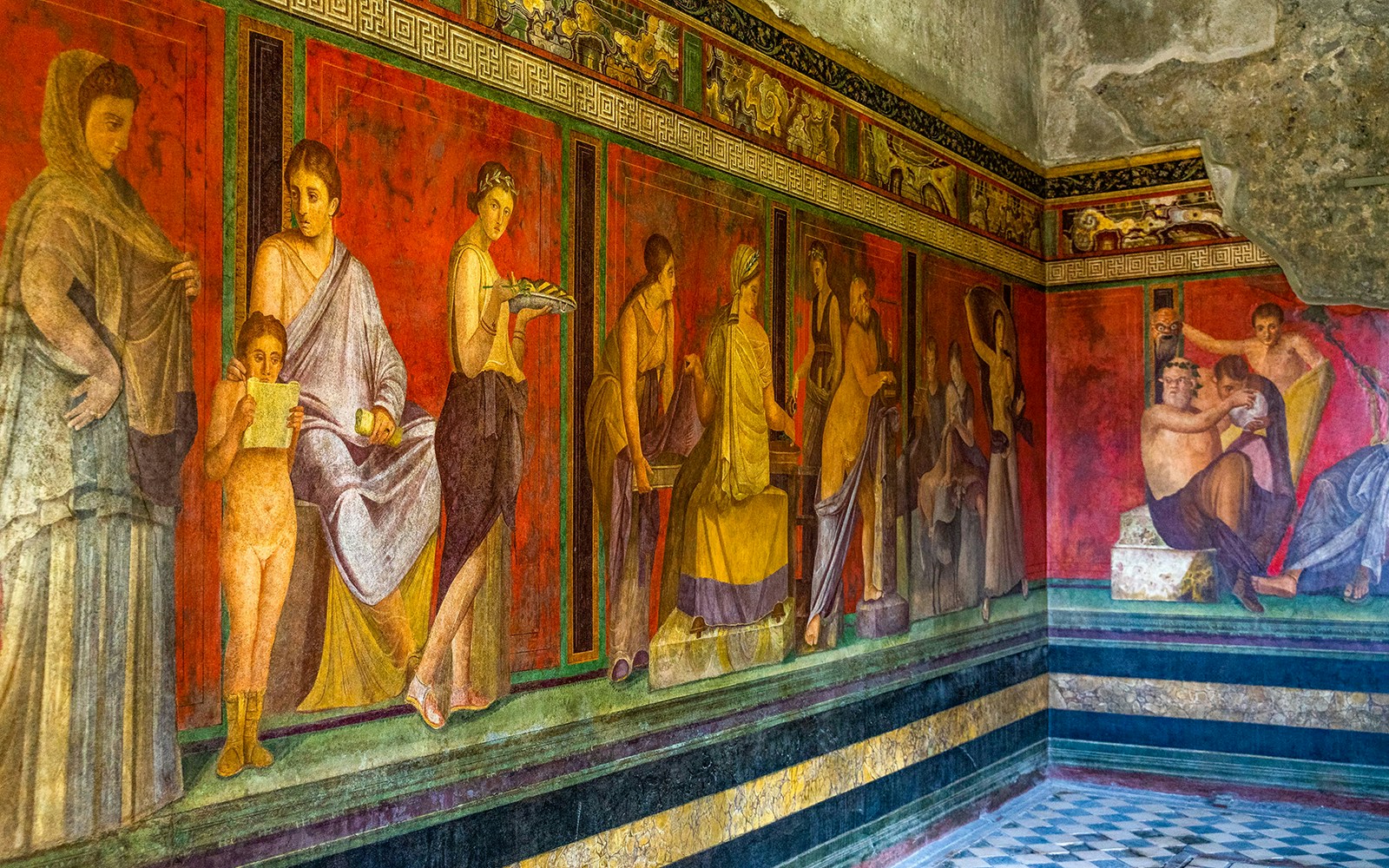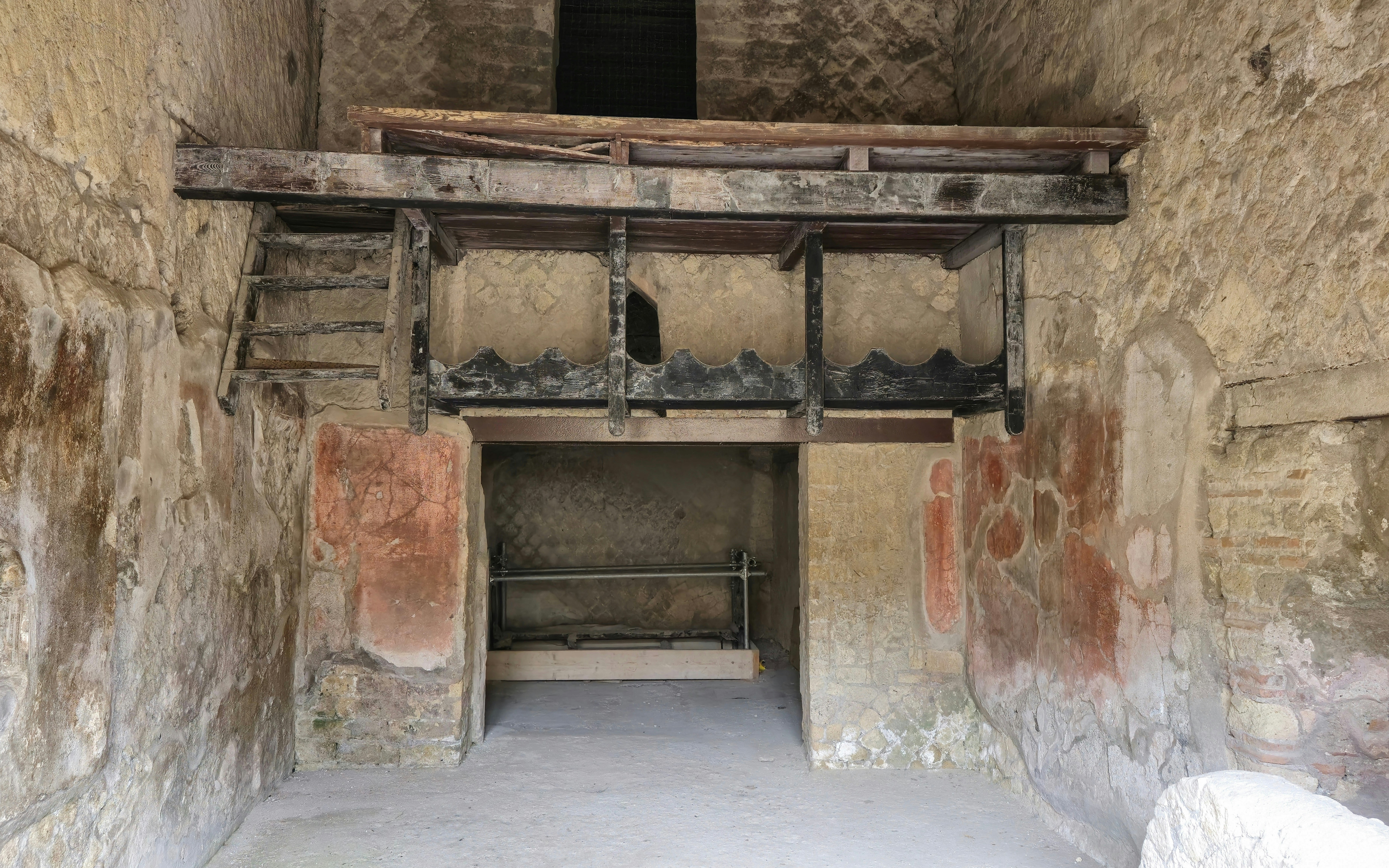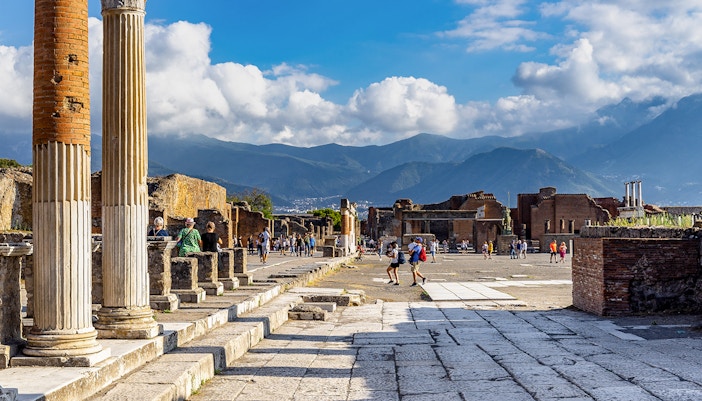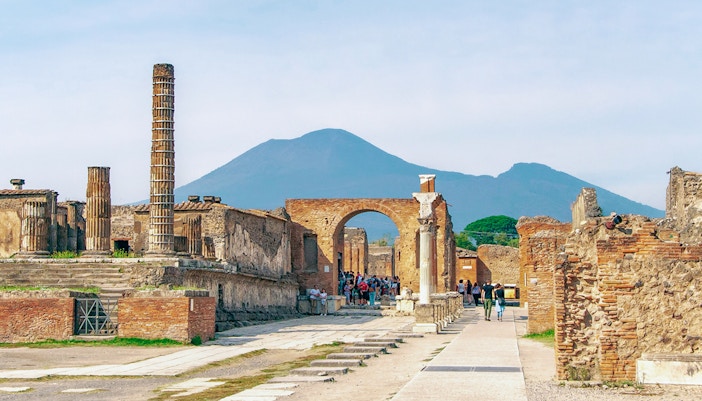Location | Pompeii town, ~25 km S of Naples | Ercolano, ~11 km SE of Naples |
Price | €18 “Pompeii Express” (city only); €22 “Pompeii+” incl. suburban villas; €26 3-day multi-site “Pompeii+” with shuttle; under-18 free; EU 18–24 €2. Daily cap & nominative tickets in effect. | €16 normal; €2 ages 18-25 (EU); under-18 free; first Sundays free on select dates. Season tickets available. |
What is it? | Large Roman city with forum, theatres, baths, villas, streets | Compact coastal town with elite villas, organic materials preserved |
Built / Age | Flourished 2nd c. BC - AD 79 | Prosperous 1st c. AD seaside town |
Size | Very large; multi-zone site needing half/full day | Smaller; walkable in 2–3 hours |
Timings | Nov–Mar: 09:00–17:00 (last entry 15:30). Apr–Oct: 09:00–19:00 (last entry 17:30). Closed 25 Dec & 1 Jan. | Mar 16–Oct 14: 08:30–19:30 (last entry 18:00). Oct 15–Mar 15: 08:30–17:00 (last entry 15:30). Closed 1 Jan & 25 Dec. |
Duration needed | 4–6 hrs for highlights; full day if thorough | 1.5-3 hrs |
Queues / Entry | High demand; advance online booking recommended; daily limit 20,000 from Nov 15 (time-slot caps in summer). | Moderate; time slots via official vendor; often easier same-week availability. |
Best time to visit | Opening or late afternoon; cooler months less crowded | Opening or late; Friday/shoulder seasons calm |
Accessibility | “Pompeii for All” step-free route from Piazza Anfiteatro; lifts at Antiquarium. | Step-free routes; wheelchair-friendly promenades; new beach access re-opened (wheelchair reachable). |
Kid-friendly | Vast outdoor site; uneven surfaces; bring sun/hat | Compact, shaded streets; easier with young kids |
Highlights | Forum, Theatre, House of the Faun, Villa of the Mysteries, plaster casts, frescoes | House of the Deer, House of the Relief of Telephus, carbonized wood, boat sheds & skeletons, ancient beach |
Dining | Cafés/kiosks near entrances; options in modern Pompei | Small on-site cafés; many eateries uphill in Ercolano |
Getting there | Circumvesuviana Pompei Scavi–Villa dei Misteri (Naples–Sorrento line); also FS Pompei for Anfiteatro gate; “Pompei Link” bus. | Circumvesuviana Ercolano Scavi; ~6–10 min walk to gate |
Passes | MyPompeii annual €35; some regional Campania Artecard products include entry (reservation rules apply). | Accepts Campania Artecard; activate at ticket office. |



































